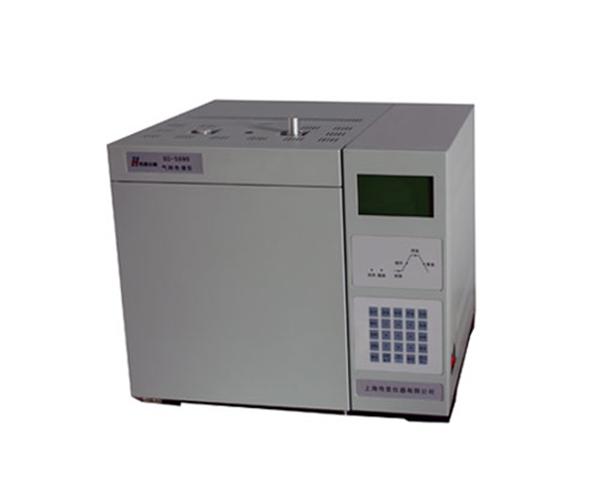Gas chromatography is a widely used analytical technique, especially in fields like petroleum, chemical engineering, biochemistry, and medical research. It's primarily used to analyze the components of gas mixtures, allowing scientists to identify and quantify different substances with high precision.
Understanding the structure of a gas chromatograph can help you better grasp how this powerful tool works. Let’s take a closer look at its main components and how they contribute to the analysis process.
Gas Chromatograph
Basic Structure

A gas chromatograph typically consists of several key parts: the analytical unit and the detection/recording unit. The analytical unit includes the gas source, sample injection system, column, and temperature control system, while the detection and recording unit processes the data and presents it in a usable format.
(1) Carrier Gas System: This part provides a continuous flow of inert gas through the entire system. The carrier gas must be pure, and the system needs to maintain airtight conditions with stable and accurate flow rates. This ensures consistent and reliable results during analysis.
(2) Sample Injection System: The injection system introduces the sample into the column. Whether it's a gas or liquid, the sample must be injected at a controlled rate and in a precise quantity to ensure accurate separation and detection.
(3) Separation System: At the heart of the chromatograph is the column, which separates the mixture into individual components. There are two main types of columns: packed columns and capillary columns. Each has its own advantages depending on the application and required resolution.
(4) Detection System: Once the components are separated, the detector converts them into electrical signals. These signals are then amplified and recorded as a chromatogram, which provides a visual representation of the sample's composition.
(5) Data Processing System: Modern gas chromatographs often include a data processor that records the chromatogram and prints out detailed results, such as retention times, peak areas, and component concentrations. This makes interpretation much easier for analysts.
(6) Temperature Control System: This system regulates the temperature of the column, detector, and vaporization chamber. Maintaining precise temperatures is crucial for ensuring reproducibility and accuracy in the analysis.
Gas chromatographs can be categorized into two main types: gas-solid chromatography and gas-liquid partition chromatography. While the stationary phases differ between these systems, their overall structures are quite similar, making them adaptable for a wide range of applications.
Whether you're a student, researcher, or industry professional, understanding the basics of gas chromatography can enhance your ability to use and interpret the results from this essential analytical tool.
The JUK universal Screw Terminal Block series has the typical features which are decisive for practical applications:
l The universal foot allows the terminal blocks to be easily snapped onto the NS35 or NS32 DIN Rail with G shape.
l Closed screw guide holes ensure screwdriver operation perfect.
l For terminal block with different wire cross-sectional areas, complete accessories are available, such as end plates, partition plates, etc.
l Potential distribution achieved by fixed bridges in the terminal center or insertion bridges in the clamping space.
l Same shape and pitch Grounding Terminal Blocks as the JUK universal series.
l Adopt ZB marker strip system,achieve unified identification.
Din Rail Terminal Connector,Din Rail Connectors Terminals,High Voltage Din Terminal Blocks,Din Rail Terminal Block Contact
Wonke Electric CO.,Ltd. , https://www.wkdq-electric.com